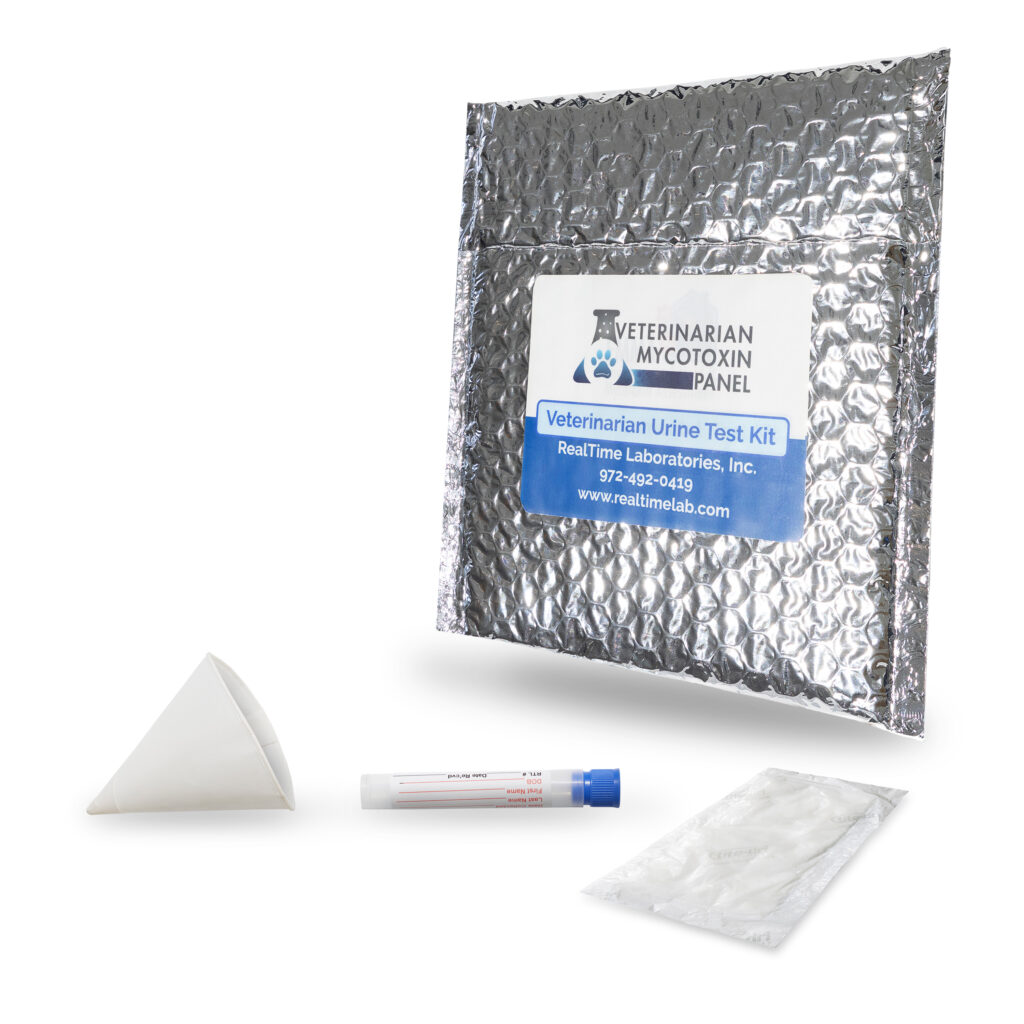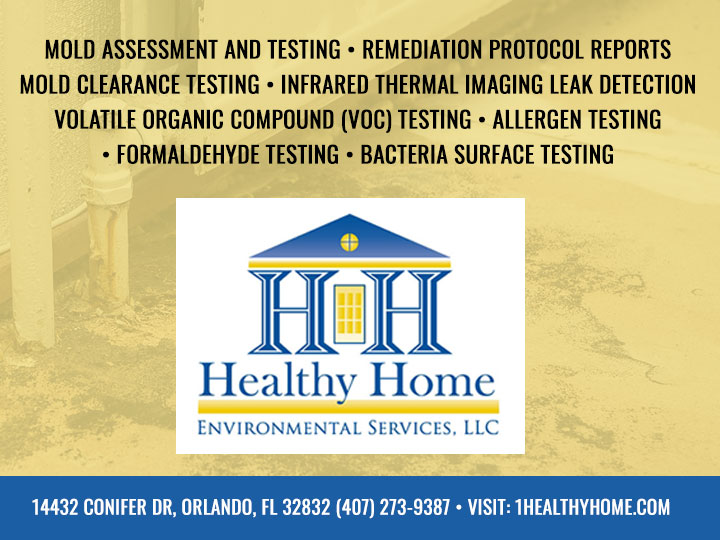Ensuring Conformity With Rules: the Duty of Mycotoxin Evaluating in Top Quality Control
Guaranteeing conformity with strict regulations is critical for preserving food safety and security, and the function of mycotoxin testing in high quality control can not be overstated. Mycotoxins, harmful substances created by particular mold and mildews, present substantial health dangers, making their discovery important in food manufacturing.
Understanding Mycotoxins
Comprehending mycotoxins is basic to guaranteeing the quality and safety and security of farming products. Mycotoxins are harmful secondary metabolites created by particular varieties of fungis, commonly discovered in foodstuffs such as grains, nuts, and seasonings. These compounds can occur at numerous stages of the food manufacturing procedure, from pre-harvest to storage, and pose substantial wellness risks to both animals and people (Mycotoxin testing Services). One of the most notorious mycotoxins include aflatoxins, fumonisins, ochratoxins, and trichothecenes, each connected with certain fungal species and environmental problems.
The visibility of mycotoxins in food can bring about severe and chronic health and wellness problems, including liver damage, immune reductions, and carcinogenic impacts. As a result, their discovery and metrology are critical parts of quality assurance in farming and food sectors. The intricacy of mycotoxin contamination requires a diverse method, employing sophisticated analytical techniques such as fluid chromatography, mass spectrometry, and enzyme-linked immunosorbent assays (ELISA) By comprehending the resources, kinds, and impacts of mycotoxins, stakeholders in the farming industry can better carry out preventative actions and minimize risks, ensuring more secure usage for end-users. This understanding creates the bedrock whereupon reliable mycotoxin monitoring practices are constructed.
Regulative Specifications for Mycotoxins
Having actually developed a fundamental understanding of mycotoxins and their effect on food security, it is crucial to assess the regulatory criteria regulating their existence in farming items. Governing standards for mycotoxins are crucial due to the fact that they define allowable limits, making certain food security and shielding public wellness. Different international and nationwide firms have set these restrictions based upon thorough danger evaluations.
The Codex Alimentarius Compensation, a global body established by the FAO and WHO, offers standards and maximum permitted degrees for various mycotoxins in food and feed. For instance, the Codex has actually established limitations for aflatoxins in peanuts, maize, and dried figs, amongst various other products. These criteria are often taken on or adapted by specific countries to fit their certain demands.
In the European Union, Law (EC) No 1881/2006 stipulates maximum levels for a number of mycotoxins, such as aflatoxins, ochratoxin A, and deoxynivalenol, in different foodstuff. Similarly, the U.S. Food and Drug Administration (FDA) has established action levels for mycotoxins like aflatoxins in commodities such as grains and nuts.
Adherence to these regulative standards is crucial for keeping market access, customer trust, and public wellness. Non-compliance can lead to substantial economic losses and health and wellness risks, highlighting the importance of rigid mycotoxin testing procedures.
Testing Techniques and Technologies

ELISA is extensively appreciated for its rapid and affordable screening capacities, making it excellent for high-throughput atmospheres. It depends on antibodies to identify particular mycotoxins, supplying lead to a fairly brief time framework. Its level of sensitivity might be limited contrasted to more innovative techniques.
HPLC, on the various other hand, masters supplying quantitative analysis with high precision and accuracy. It separates intricate mixes right into individual elements, making it very effective for determining and evaluating multiple mycotoxins all at once - Mycotoxin testing Services. This method, while extra resource-intensive and taxing than ELISA, provides a greater level of reliability

LC-MS represents the pinnacle of analytical specificity and sensitivity. Combining the separation power of liquid chromatography with the detection capabilities of mass spectrometry, LC-MS can find also trace degrees of mycotoxins. This technique is crucial for validating the visibility of mycotoxins in regulative and forensic contexts, making sure compliance with rigid safety requirements.
Executing Examining Methods

Including these advanced testing techniques right into a thorough quality control framework requires a well-structured technique to carrying out screening methods. To achieve this, organizations need to initially perform a thorough risk evaluation to determine prospective mycotoxin contamination factors within the supply chain. This evaluation notifies the advancement of a customized screening approach that addresses specific vulnerabilities.
Next, establishing standardized sampling treatments is crucial. Consistent sampling ensures that test outcomes are reliable and representative of the entire batch (Mycotoxin testing Services). Sticking to guidelines from regulatory bodies, such as the FDA or EFSA, assists preserve why not find out more compliance and improves the reputation of the screening procedure
Training workers is another pivotal component. Team needs to excel in both sample collection and the procedure of screening devices. Routine training sessions and accreditation programs can guarantee that staff member remain updated with the current strategies and governing adjustments.
Benefits of Mycotoxin Testing
Mycotoxin testing supplies many benefits that significantly boost the security and quality of food and feed items. Mainly, it acts as a critical control procedure to avoid contaminated products from reaching the customer market, thereby guarding public health and wellness. By identifying and measuring mycotoxins such as ochratoxins, aflatoxins, and fumonisins, producers can make sure that their items fulfill rigid governing requirements, hence preventing potential lawful repercussions and connected prices.
Additionally, mycotoxin testing adds to the economic feasibility of food and feed industries by lessening the threat of large-scale product remembers. The capacity to spot and isolate polluted sets early in the manufacturing process decreases waste and stops the economic losses associated with damaged brand track record. Furthermore, it fosters consumer depend on and commitment, as consumers are increasingly familiar with food safety and security concerns and demand higher high quality criteria.
The implementation of routine mycotoxin screening additionally advertises ideal practices within agricultural and production sectors. By adhering to rigorous testing methods, firms can enhance their high quality control processes, enhance operational efficiency, and ensure the consistent manufacturing of risk-free, top quality products. Finally, the benefits of mycotoxin screening are complex, see this website adding to public health, financial stability, and industry honesty.
Final Thought
Mycotoxin screening is critical in making sure conformity with regulatory criteria, therefore maintaining food security and top quality control. Thus, mycotoxin screening remains an important element of modern-day food safety and security management systems.
Making sure conformity with stringent policies is extremely important for keeping food safety, and the role of mycotoxin screening Visit This Link in top quality control can not be overstated.In the realm of mycotoxin testing, advanced modern technologies and approaches are crucial in ensuring food safety and regulatory compliance.Mycotoxin testing offers numerous benefits that considerably improve the security and high quality of food and feed products.Mycotoxin testing is important in guaranteeing compliance with regulative requirements, thus preserving food security and high quality control. Therefore, mycotoxin testing stays an indispensable component of contemporary food safety administration systems.